Cavalry Guidon Flag (1861): History of the Civil War Banner

The U.S. Cavalry Guidon Flag (1861–1865)
The Cavalry Guidon Flag (pronounced guy-don) was a unique and essential banner carried by mounted troops of the United States Army during the Civil War. Unlike the standard rectangular national colors flown by infantry, the guidon was explicitly designed for cavalry, featuring a distinctive shape and gold stars.
Design and Features
The guidon was derived from European military tradition. It served primarily as a small, easily recognizable banner to mark the location of a specific cavalry company, particularly in dusty or chaotic battle conditions.
- Shape: Swallowtail (or forked-tail), indicating its use by mounted troops.
- Dimensions: Generally smaller and less elaborate than the regimental flags, making them practical for rapid movement.
- Stripes: 13 Stripes, alternating red and white, symbolizing the original colonies.
- Canton (Union): Rectangular field of light blue.
- Stars: 34 Five-pointed stars, typically rendered in gold or yellow instead of the official white. The 34 stars represented the number of states in the Union in 1861, including those that had seceded.
- Symbolism: The small size and fork-tailed shape symbolized the light, mobile nature of the cavalry unit.
Role in the Civil War
The guidon served a tactical purpose on the battlefield, especially in the context of the war's wide-ranging cavalry engagements.
- Unit Marker: It was carried by the Guidon Bearer (an enlisted man), who helped the commander and troopers identify their specific company amid smoke, terrain, and other units.
- Rallying Point: In disorganized fighting or after a charge, troops would look for guidance to reform the company.
- Morale: Despite its functional purpose, it symbolized pride and identity for the troopers who often spent long periods away from larger garrisons.
Post-War Legacy
Following the Civil War, the Cavalry Guidon remained the standard flag for mounted units. Figures like General George Armstrong Custer carried similar guidons during the subsequent campaigns in the Western United States in the succeeding decades.
The tradition of the guidon continues in the modern U.S. Army, though the design and colors have evolved significantly. It remains an integral part of military ceremonies and unit identification.


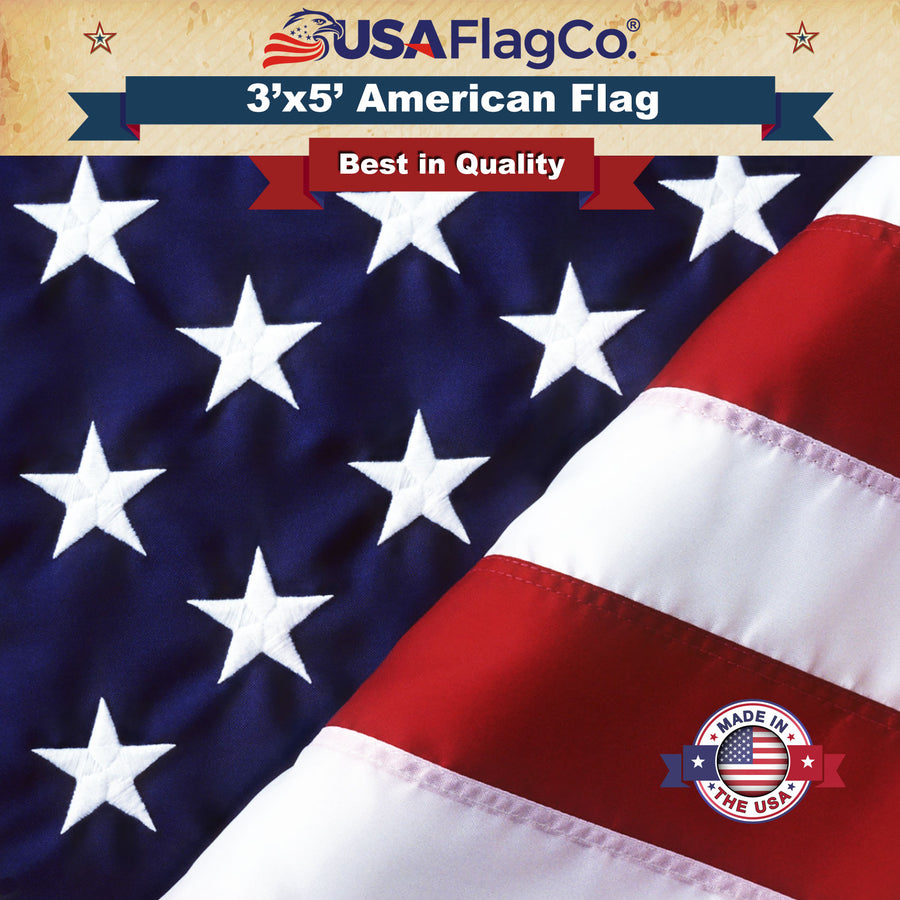
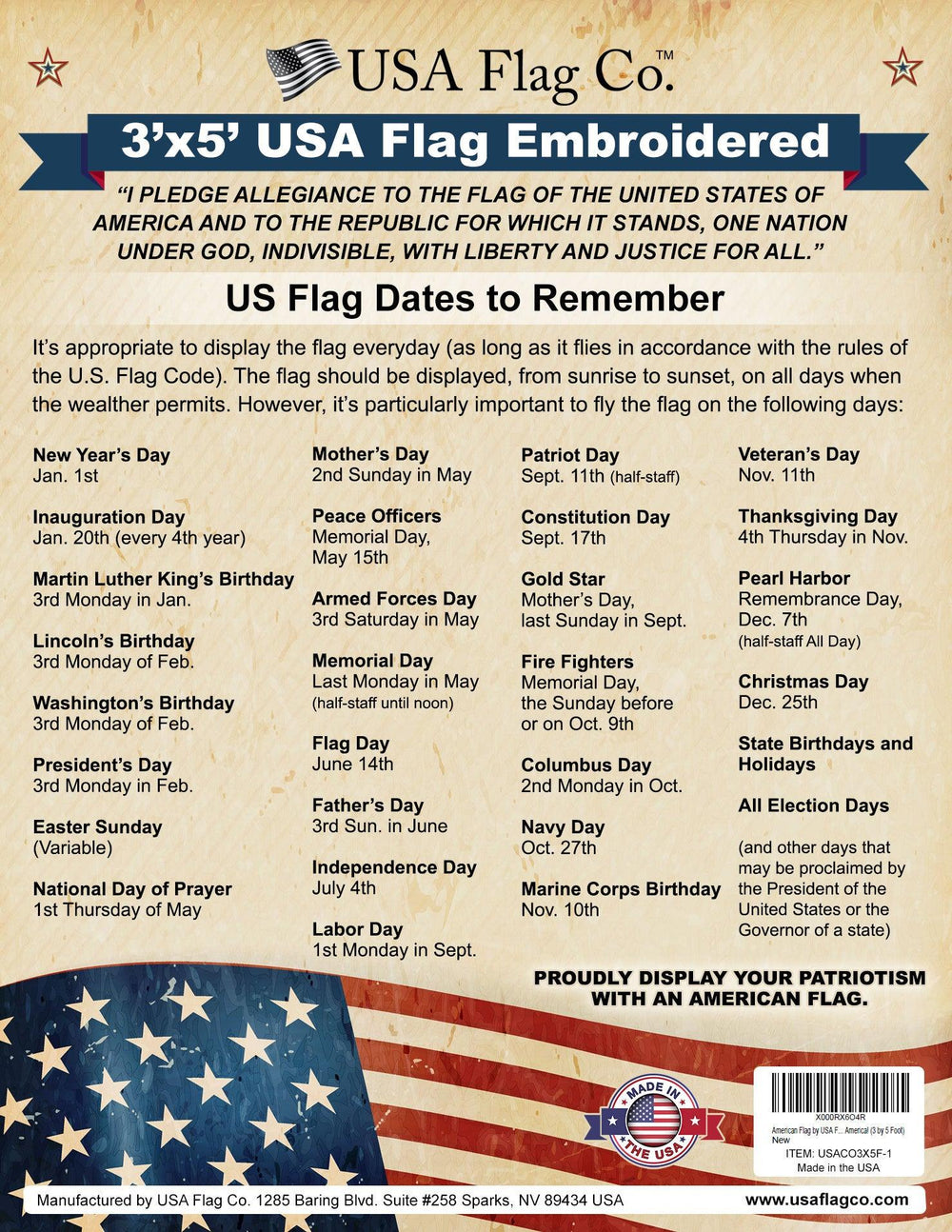
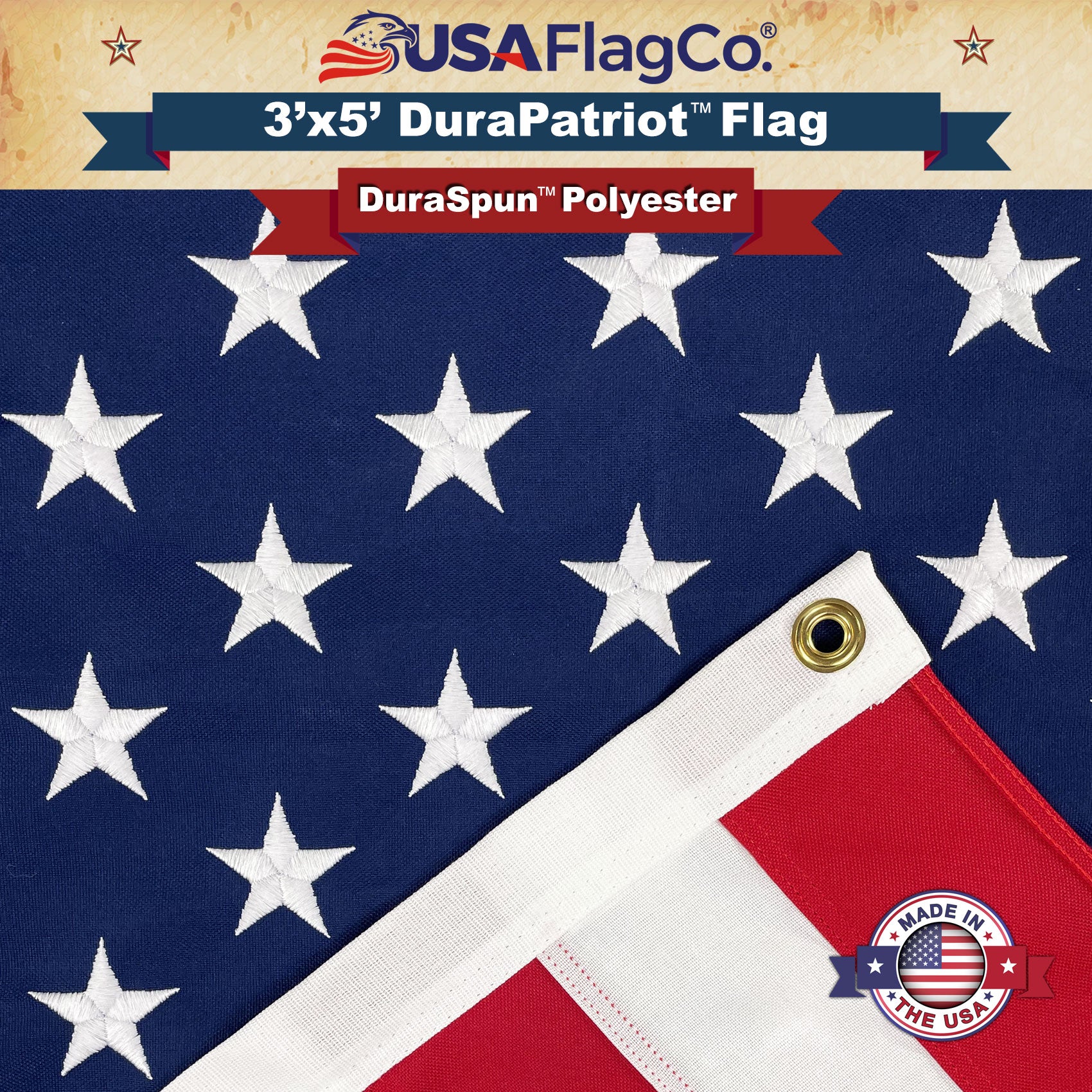
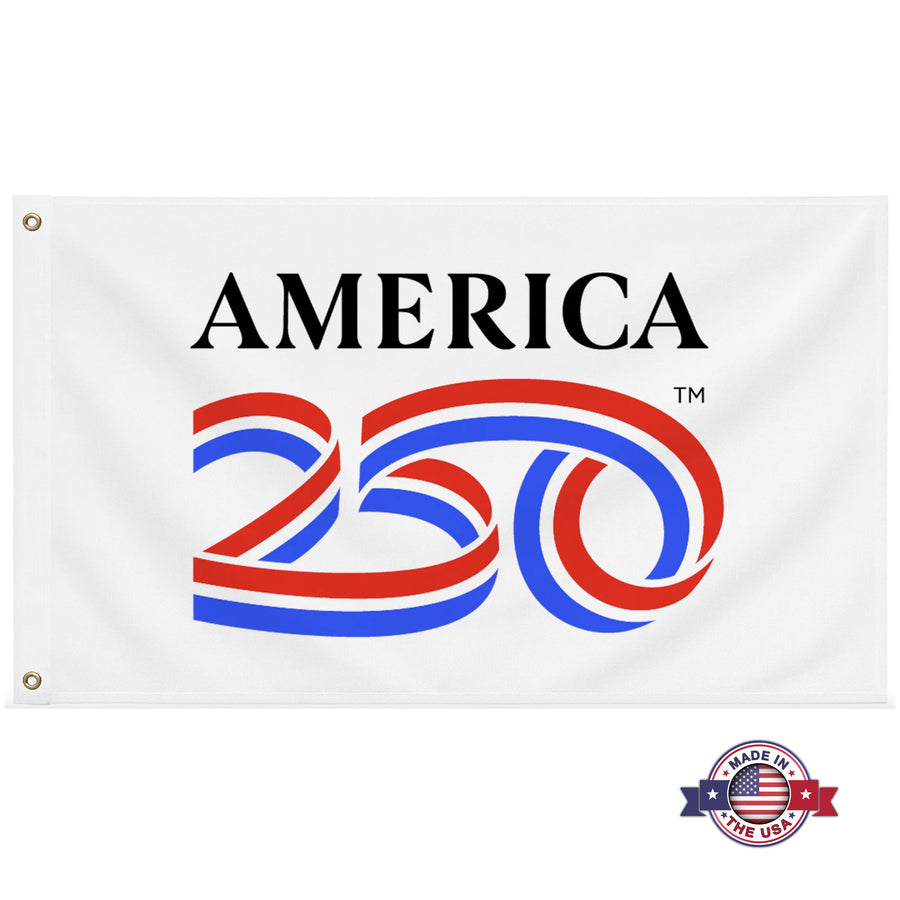
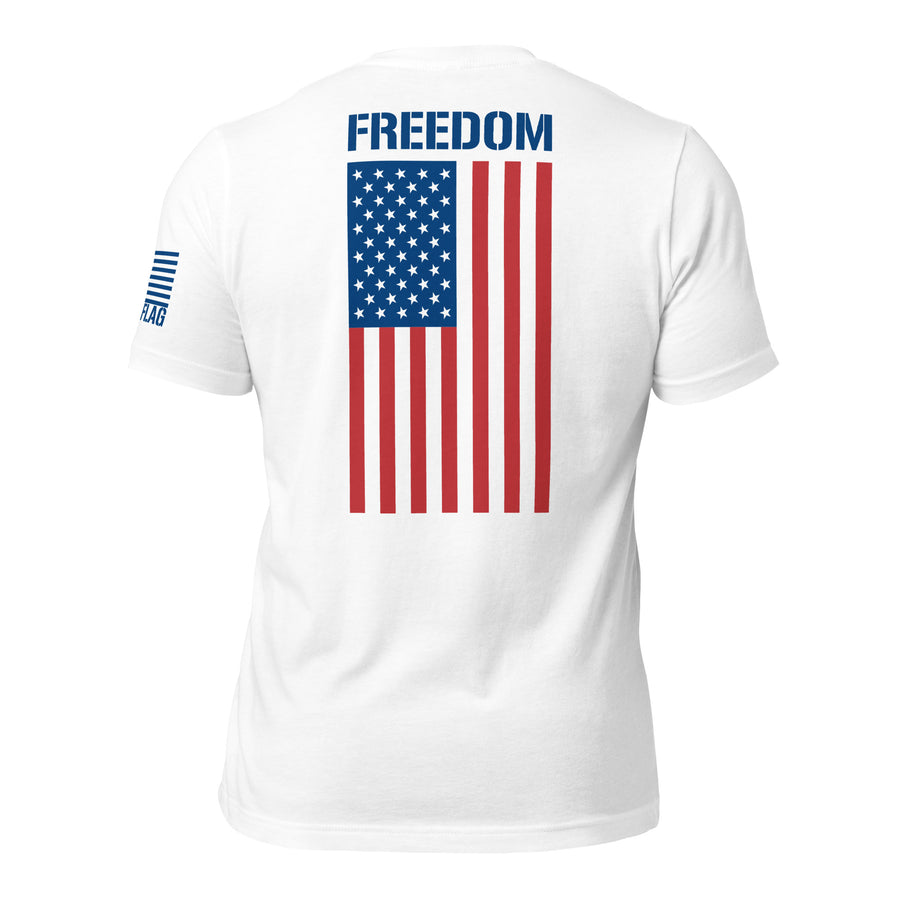
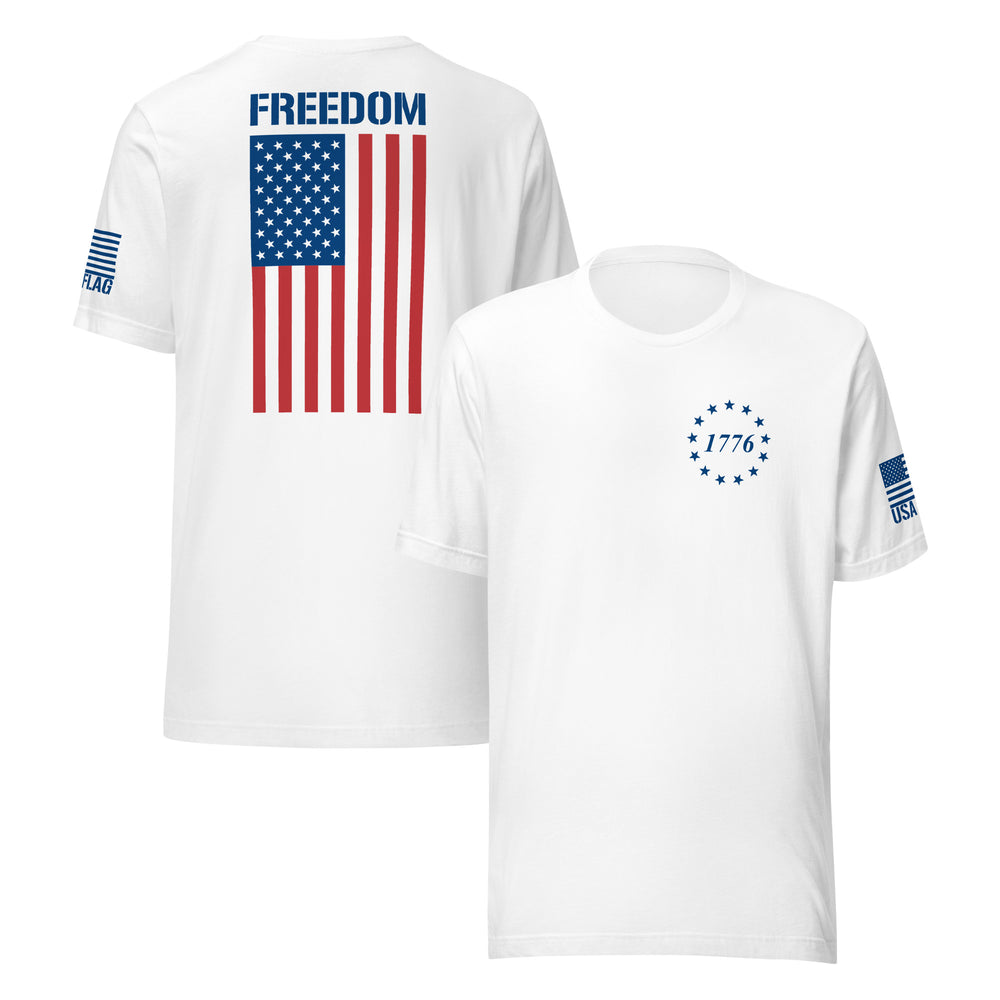
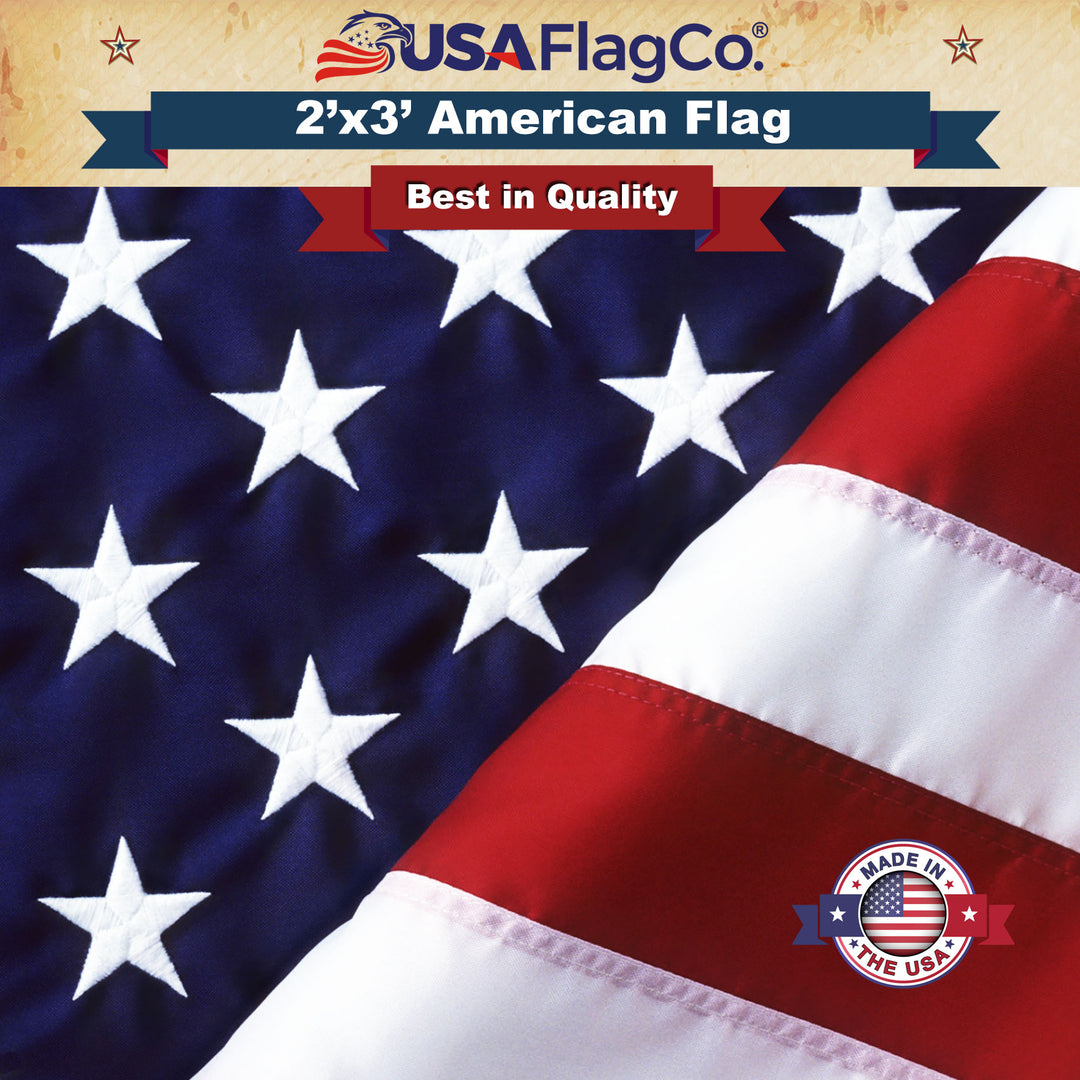
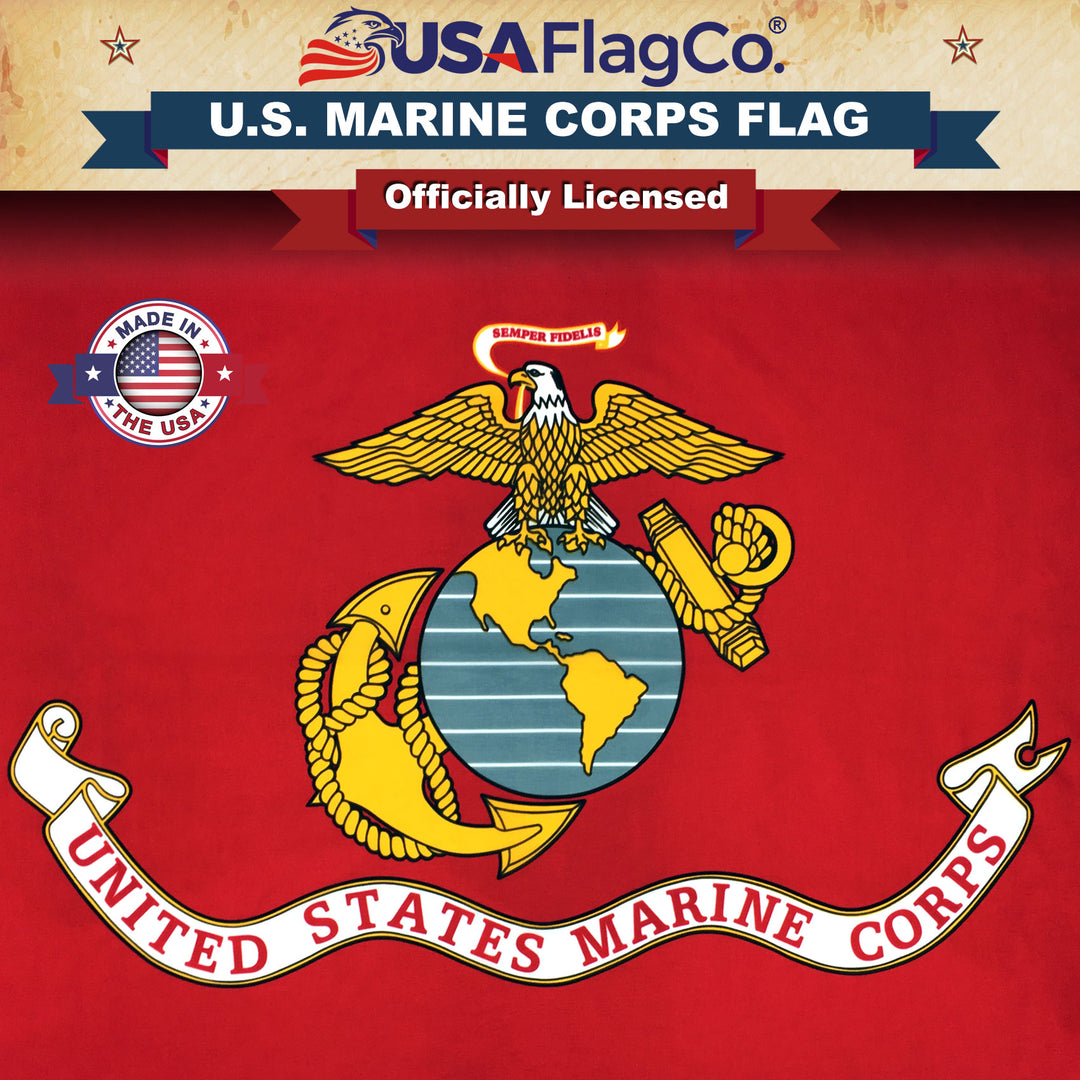
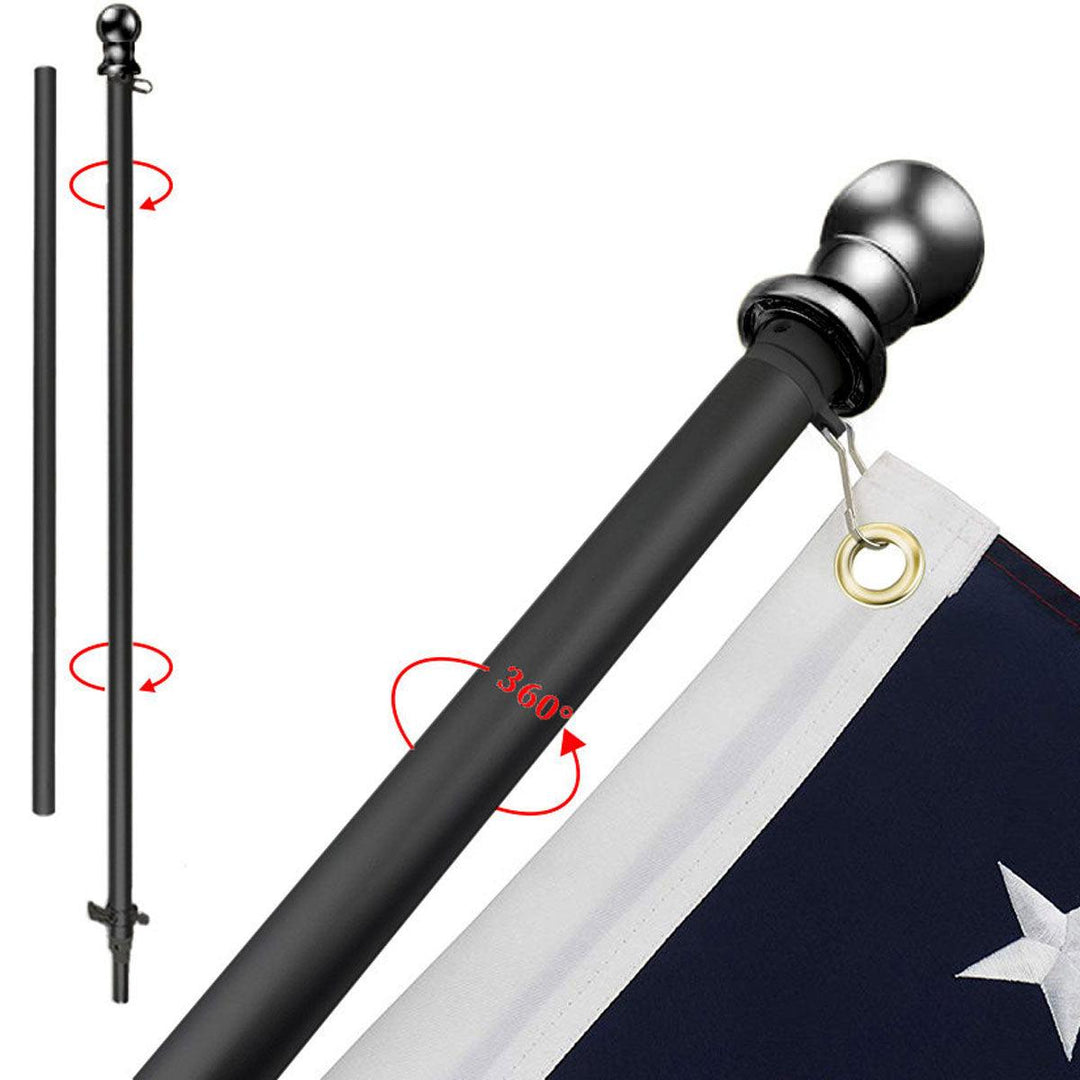
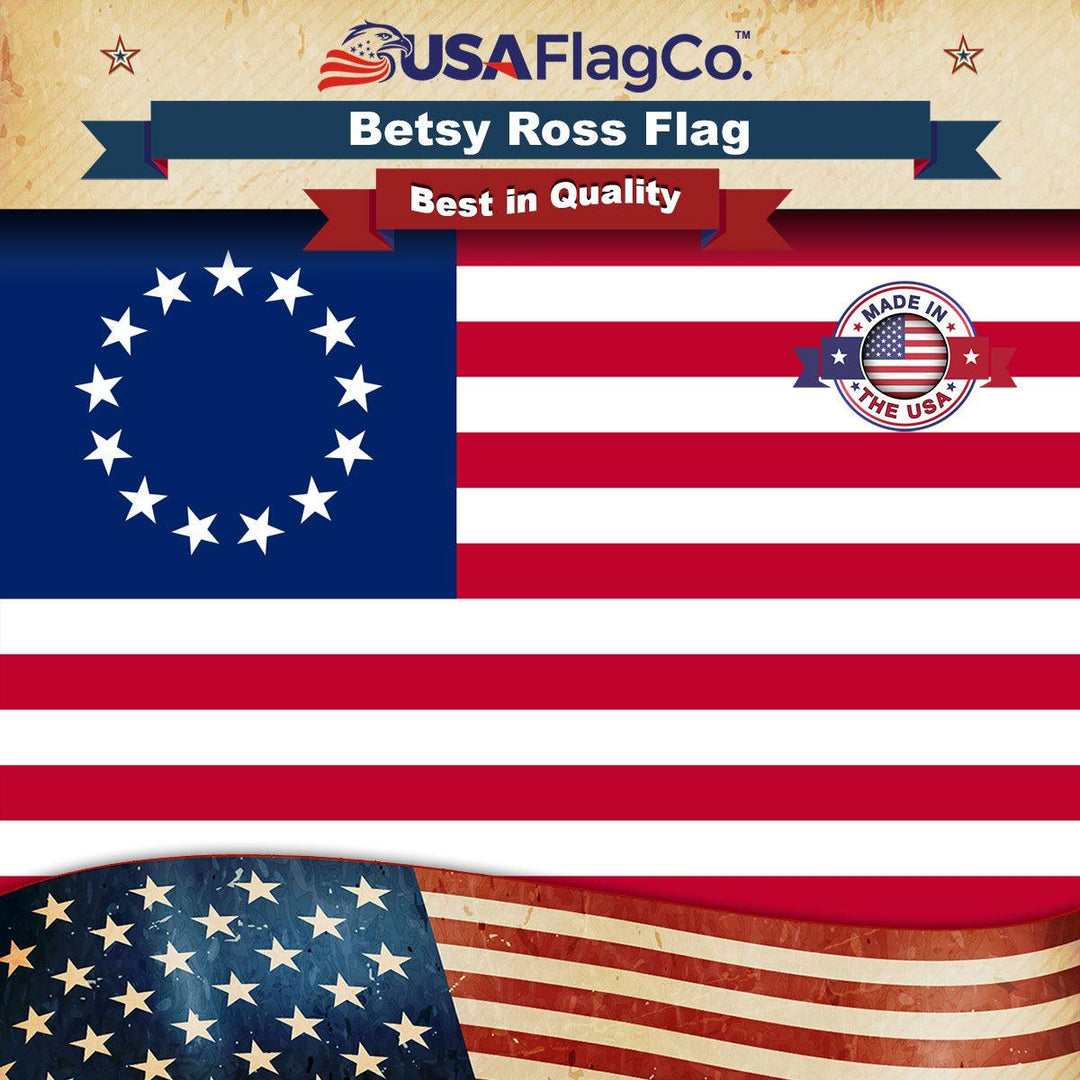
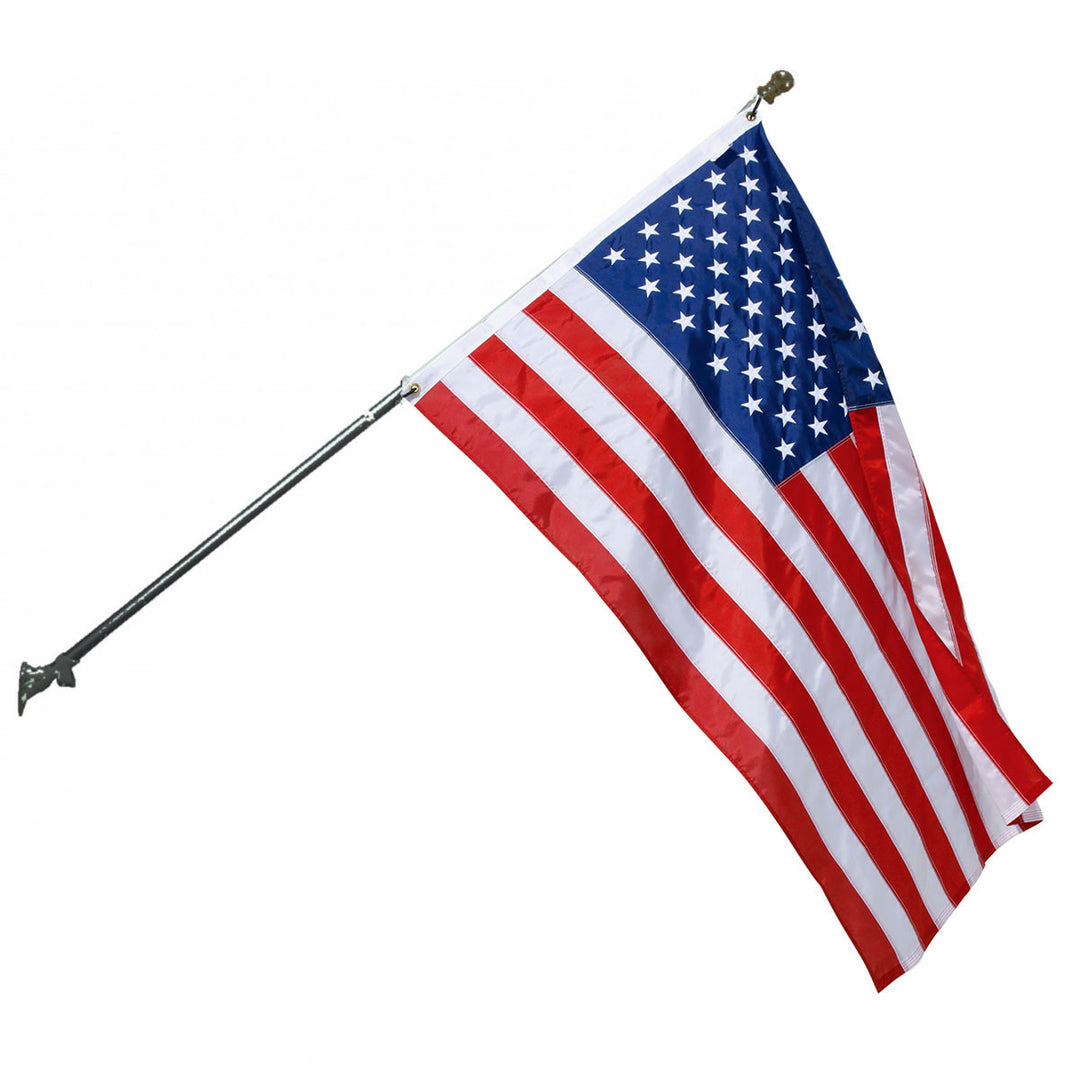
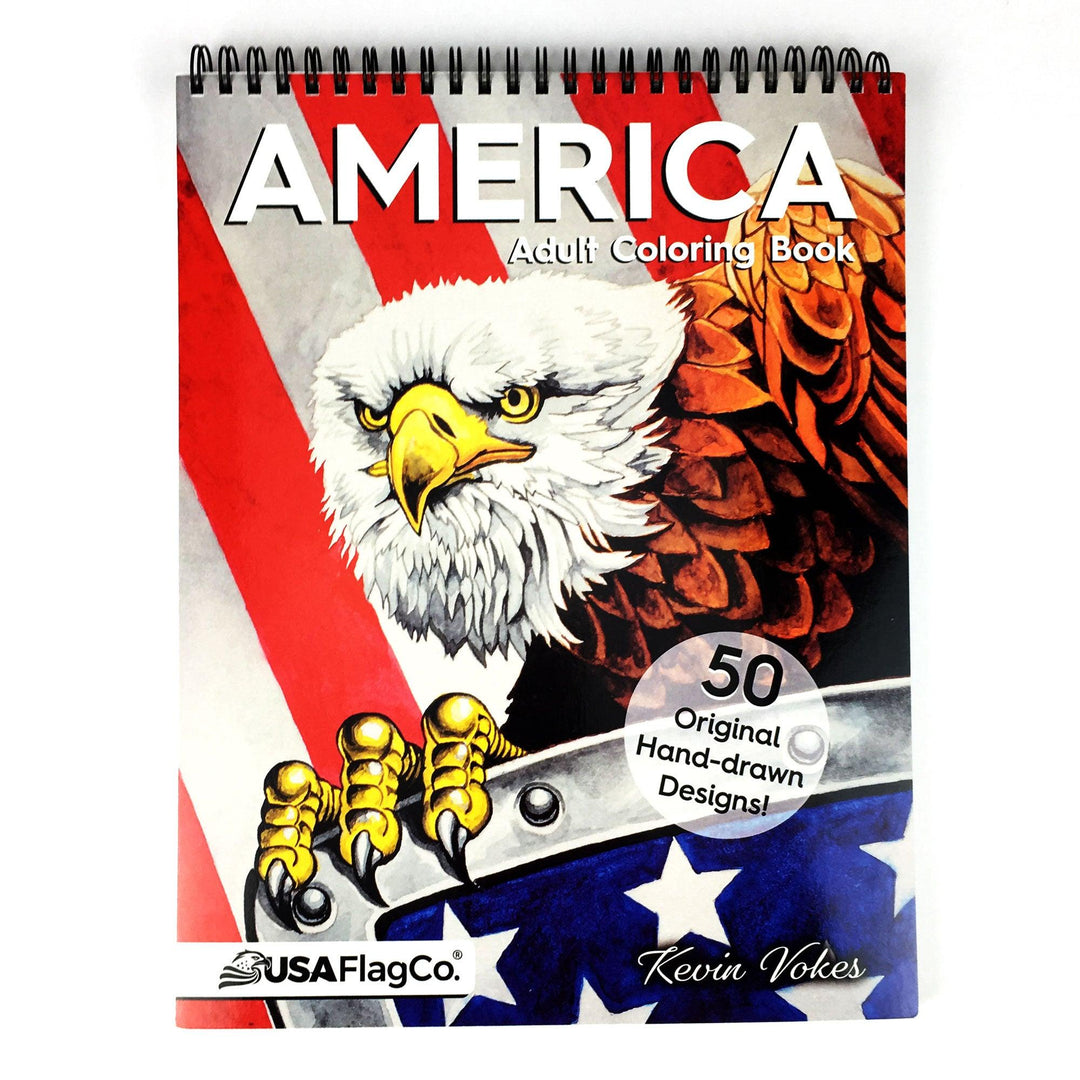
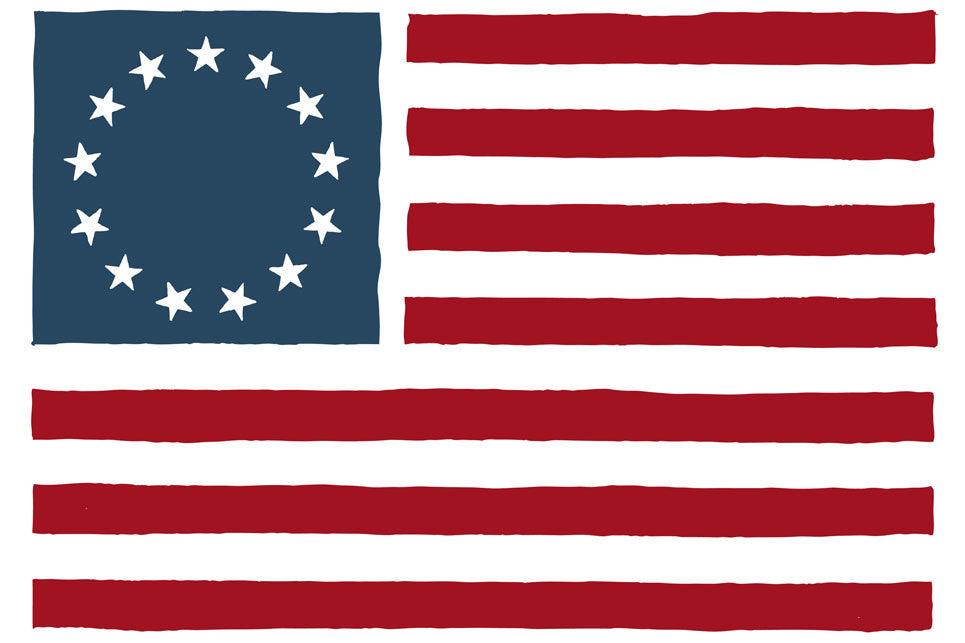
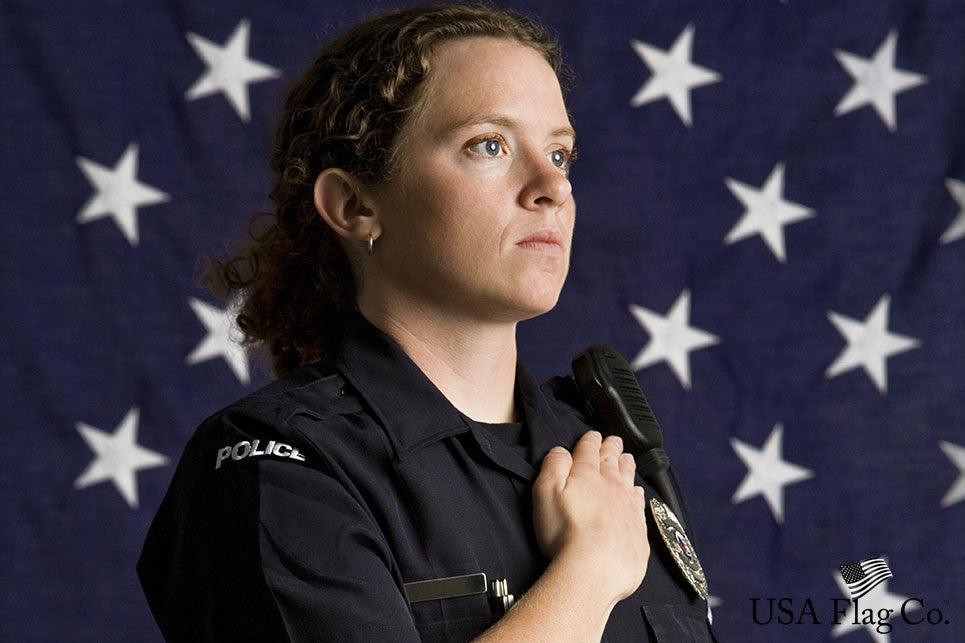
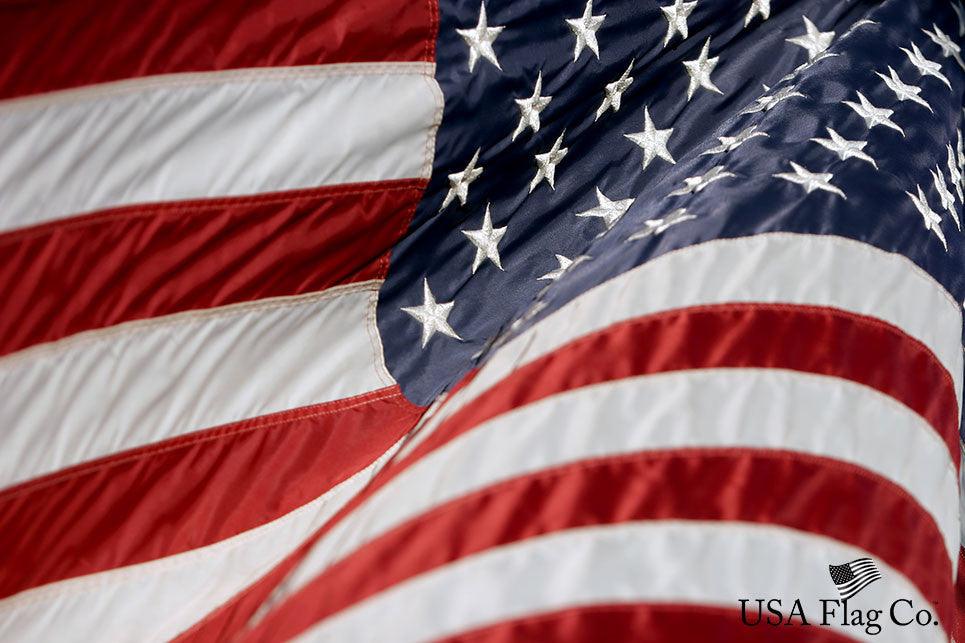
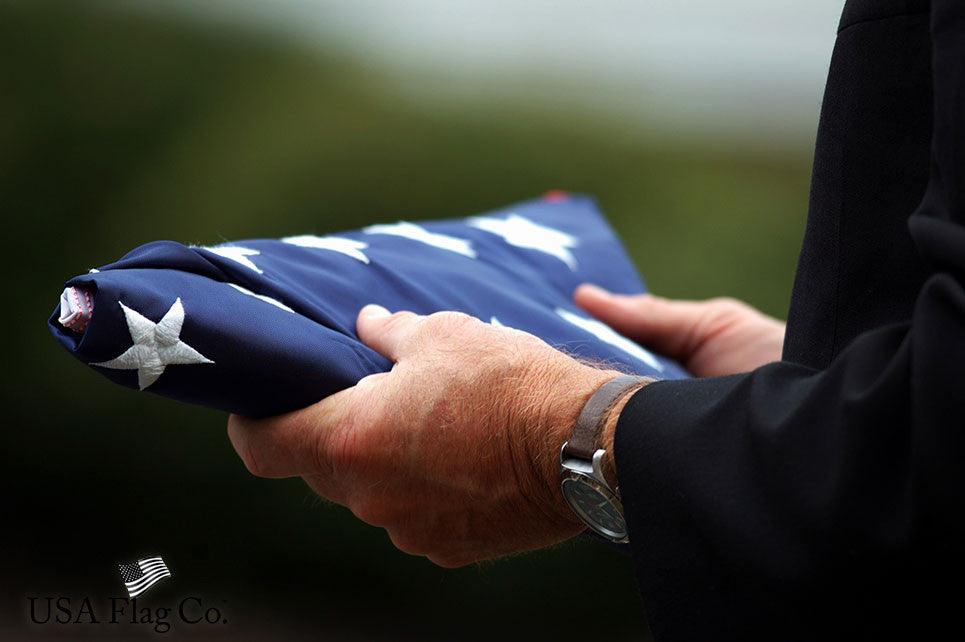
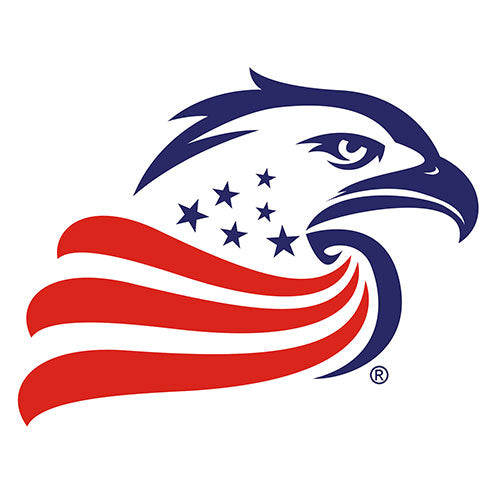


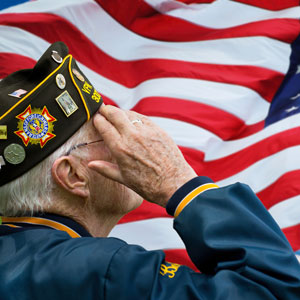
Leave a comment